Increasing sales in retail is not just a goal; it's a necessity for survival and growth. The retail industry is a dynamic and ever-evolving landscape where customer preferences and market trends change rapidly.
Boosting sales is crucial for retailers to stay ahead of the competition, generate higher revenue, and ensure long-term success. Let's explore ideas for increasing sales in retail together.
The Importance of Increasing Sales in Retail
Increasing sales in retail is more than just a financial goal; it's about creating a sustainable and thriving business.
Here's why focusing on sales growth is crucial:
- Financial Health: At its core, increasing sales directly impacts a retail business's profitability and financial stability.
- Market Position: Higher sales volumes can elevate your brand's presence and recognition in the market.
- Customer Trust: Consistently strong sales often indicate customer satisfaction and loyalty.
- Employee Morale: A growing business can boost employee morale and motivation, improving customer service and productivity.
Common Challenges in Retail Sales Increase
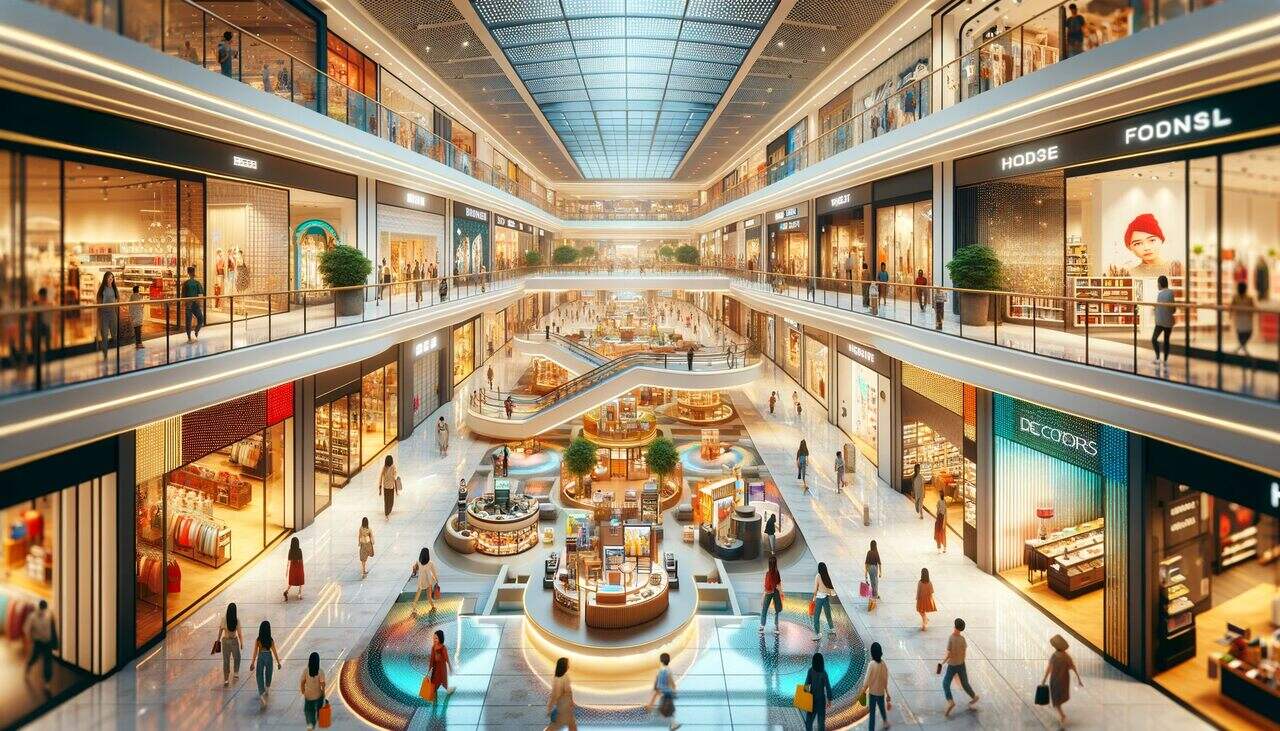
Retailers often face a variety of challenges when trying to increase sales. These challenges can range from external factors like economic fluctuations and changing consumer behavior to internal issues such as inventory management and staff training.
Some common challenges include:
- Competitive Market: Retailers must constantly innovate to stand out in a crowded market.
- Customer Retention: Acquiring new customers is important, but retaining existing ones is equally crucial.
- Adapting to Technology: Staying updated with technological advancements can be overwhelming but necessary.
- Effective Marketing: Crafting marketing strategies that resonate with the target audience requires insight and creativity.
- Inventory Management: Balancing stock levels to meet demand without overstocking is a delicate art.
Addressing these challenges requires a strategic approach, incorporating both traditional methods and innovative ideas.
Ideas for Increasing Sales in Retail That Work Wonders
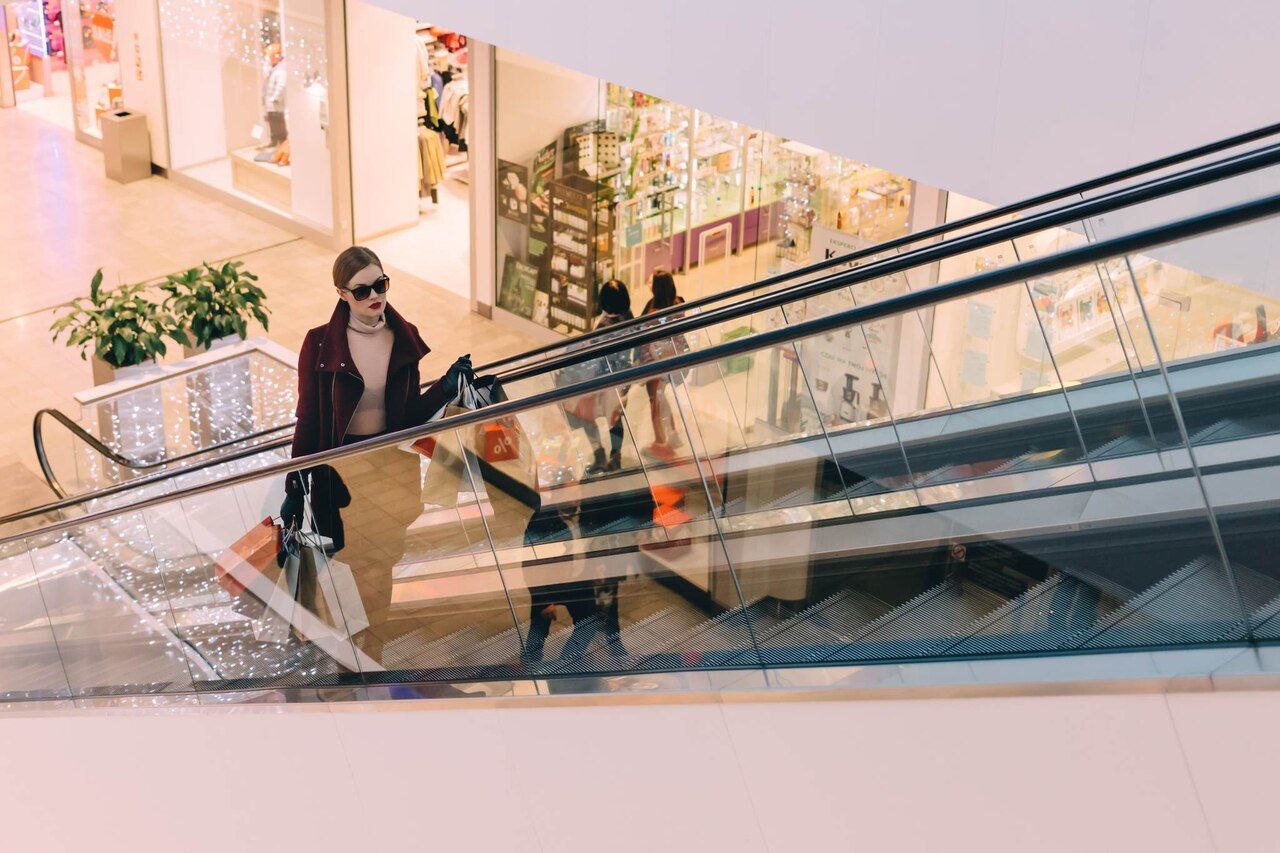
To turn challenges into opportunities, keep these in mind first:
- Embrace Technology: Leverage the latest technologies to enhance customer experience and streamline operations.
- Focus on Customer Service: Excellent customer service can differentiate your business and foster customer loyalty.
- Understand Your Audience: Know your target customers' needs and preferences to tailor your offerings and marketing strategies.
- Inventory Analysis: Use data analytics to optimize inventory management and avoid overstocking or stockouts.
- Optimize Store Layout: Arrange your store to enhance customer flow and product visibility.
- Effective Marketing Campaigns: Develop strategies that resonate with your target audience and drive traffic to your store.
- Loyalty Programs: Implement loyalty programs to encourage repeat business and build a loyal customer base.
- Seasonal Promotions: Capitalize on seasonal trends and holidays to boost sales during peak periods.
- Online Presence: Strengthen your online presence to reach a wider audience and provide a seamless shopping experience.
- Staff Training: Regularly train your staff to improve their sales techniques and product knowledge.
- Feedback Loop: Encourage and act on customer feedback to continually improve your offerings and service.
1. Understanding Retail Peak Hours
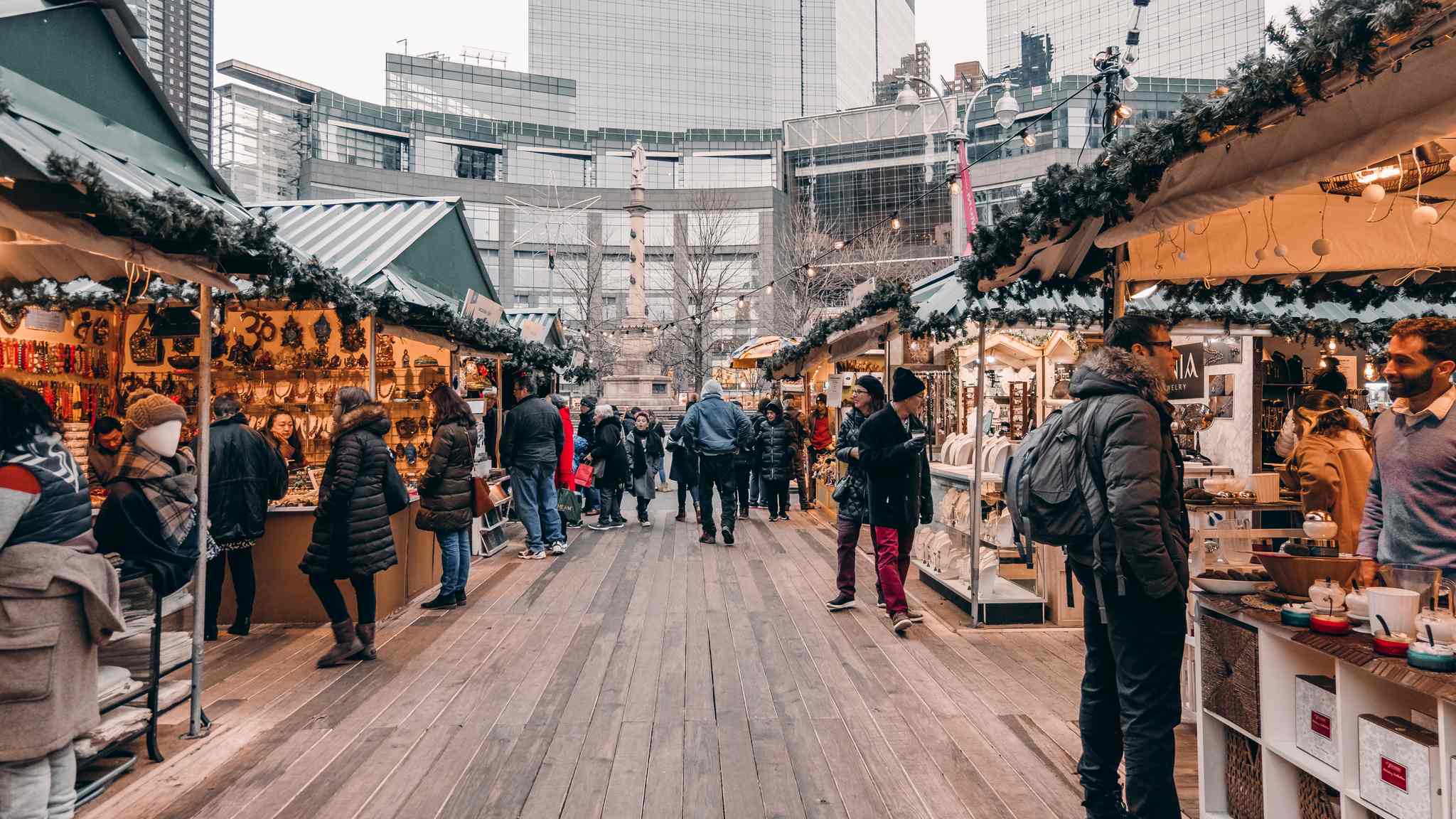
In the bustling world of retail, understanding and capitalizing on peak hours can significantly impact your sales and customer satisfaction. Your store experiences the highest foot traffic and sales volume in retail peak hours.
Recognizing these periods is crucial for optimizing staff scheduling, inventory management, and marketing strategies.
Identifying Your Store's Peak Hours
Identifying your store's peak hours is the first step in harnessing their potential. Here's how to pinpoint these crucial times:
- Analyze Sales Data: Review your sales records to spot trends and patterns. Look for times when sales consistently spike.
- Monitor Foot Traffic: Use foot traffic monitoring tools or simply observe the flow of customers to identify busy periods.
- Customer Feedback: Engage with your customers. Ask them about their preferred shopping times and listen to their responses.
- Consider Local Factors: Be aware of local events, holidays, or commuter patterns affecting foot traffic.
Understanding these peak hours enables you to tailor your operations to meet customer demand effectively.
Efficient Staff Scheduling During Peak Hours
Once you've identified your peak hours, the next step is to ensure you have adequate staff during these times. Efficient staff scheduling is key to maximizing sales and providing excellent customer service. Here are some tips:
- Align Staff with Traffic: Schedule more staff during peak hours to handle the increased customer flow.
- Cross-Training: Train staff in multiple roles to ensure flexibility and efficiency during busy periods.
- Motivate Your Team: Encourage and motivate your staff to excel during these high-pressure times.
- Real-time Adjustments: Be prepared to make real-time staffing adjustments based on unexpected customer flow changes.
Leveraging Peak Hours for Maximum Impact
Now that you know when your peak hours occur and have scheduled staff efficiently, it's time to leverage these periods for maximum impact:
- Special Promotions: Run special promotions or flash sales during peak hours to boost sales and attract more customers.
- Enhanced Customer Experience: Ensure your staff provides exceptional customer service during these hours to leave a lasting impression.
- Optimize Store Layout: Arrange high-demand products and promotional items in easily accessible areas during peak times.
- Monitor and Adapt: Continuously monitor the effectiveness of your strategies during peak hours and be ready to adapt for better results.
2. Enhancing Retail Sales Training

A cornerstone of retail success lies in the strength and effectiveness of your sales training programs.
In the dynamic world of retail, where customer preferences and market trends are constantly shifting, equipping your sales team with the right skills and knowledge is crucial.
Effective sales training strategies are key to empowering your retail staff. Here's how you can develop and implement these strategies:
- Interactive Training Sessions: Move beyond traditional lectures. Incorporate role-playing, simulations, and interactive workshops to engage your team.
- Product Knowledge: Ensure your staff is well-versed in your products' features, benefits, and unique selling points.
- Customer Service Skills: Train your team on effective communication, empathy, and problem-solving skills to enhance customer interactions.
- Sales Techniques: Teach proven sales techniques such as upselling, cross-selling, and building customer rapport.
- Continuous Learning: Encourage ongoing learning and development through regular training updates and workshops.
By adopting these strategies, you can create a well-informed and skilled sales team that drives results.
Importance of Continuous Sales Training
Continuous sales training is vital in the ever-evolving retail landscape. Here's why it's important:
- Adapting to Change: Retail trends and customer behaviors change rapidly. Continuous training helps your team stay ahead of the curve.
- Boosting Confidence: Regular training boosts the confidence of your staff, empowering them to perform better.
- Enhancing Customer Experience: Well-trained staff can provide superior customer service, increasing customer satisfaction and loyalty.
- Staying Competitive: Continuous training ensures your team is equipped with the latest sales tactics and knowledge, keeping you competitive.
3. Developing a Sales Strategy

In the fast-paced retail environment, developing a robust sales strategy is like charting a map for success.
It's about understanding your market, aligning with customer needs, and leveraging your strengths to maximize sales. A well-crafted sales strategy not only sets clear goals but also outlines the necessary steps.
A retail sales strategy is essential for several reasons:
- Direction and Focus: It provides your team with a clear direction and focus, aligning everyone's efforts towards common goals.
- Resource Allocation: It helps efficiently allocate resources - be it time, money, or manpower.
- Market Positioning: A strategy aids in better positioning your store in the market, helping to attract the right customers.
- Performance Tracking: It enables you to track performance and make informed decisions based on real data.
Role of Loyalty in Your Retail Sales Strategy
Customer loyalty plays a pivotal role in your retail sales strategy. Here's why:
- Repeat Business: Loyal customers are more likely to return, ensuring a steady stream of business.
- Word-of-Mouth Marketing: Satisfied, loyal customers often advocate for your brand, bringing in new customers.
- Feedback and Improvement: Loyal customers provide valuable feedback, helping you to continually improve your offerings.
- Reduced Marketing Costs: Retaining existing customers is often more cost-effective than acquiring new ones.
Crafting Your Retail Sales Strategy
Developing your retail sales strategy involves several key steps:
- Market Analysis: Understand your target market, including customer demographics, preferences, and buying behaviors.
- Competitive Analysis: Study your competitors to identify what they do well and where you can differentiate.
- Set Clear Objectives: Define what you want to achieve with your sales strategy, whether it's increasing foot traffic, boosting online sales, or enhancing customer loyalty.
- Tactical Planning: Decide the tactics to achieve your objectives, such as promotions, in-store events, or loyalty programs.
- Staff Involvement: Engage your staff in the strategy – their buy-in and understanding are crucial for successful implementation.
- Performance Metrics: Establish metrics to measure the success of your strategy and adjust as needed.
4. Using Powerful Promotion Techniques
In the vibrant world of retail, powerful promotion techniques can be the spark that ignites customer interest and drives sales.
Promotions are not just about offering discounts; they are strategic tools for increasing visibility, enhancing customer engagement, and building brand loyalty.

Creating promotions that capture your customers' attention requires creativity and an understanding of their needs.
Here's how to launch successful promotions:
- Target Audience Analysis: Understand who your customers are and what motivates them to purchase.
- Unique Selling Proposition (USP): Highlight what differentiates your products or services from competitors.
- Creative Campaigns: Develop themes that resonate with your audience and reflect your brand's personality.
- Multi-Channel Approach: Utilize various platforms, such as social media, email marketing, and in-store displays, to reach a wider audience.
- Limited-Time Offers: Create a sense of urgency with time-limited promotions to encourage quick action.
Promoting Your Local Brand
Promoting a local brand comes with its unique advantages and challenges. Here's how to make your local brand stand out:
- Community Engagement: Participate in local events, sponsor community activities, or collaborate with local businesses.
- Local SEO: Optimize your online presence for local searches to make it easier for nearby customers to find you.
- Personalized Experiences: Offer personalized services or products that cater to the local community's tastes and preferences.
- Local Partnerships: Partner with other local businesses to cross-promote each other's products or services.
Using QR Codes for Promotion
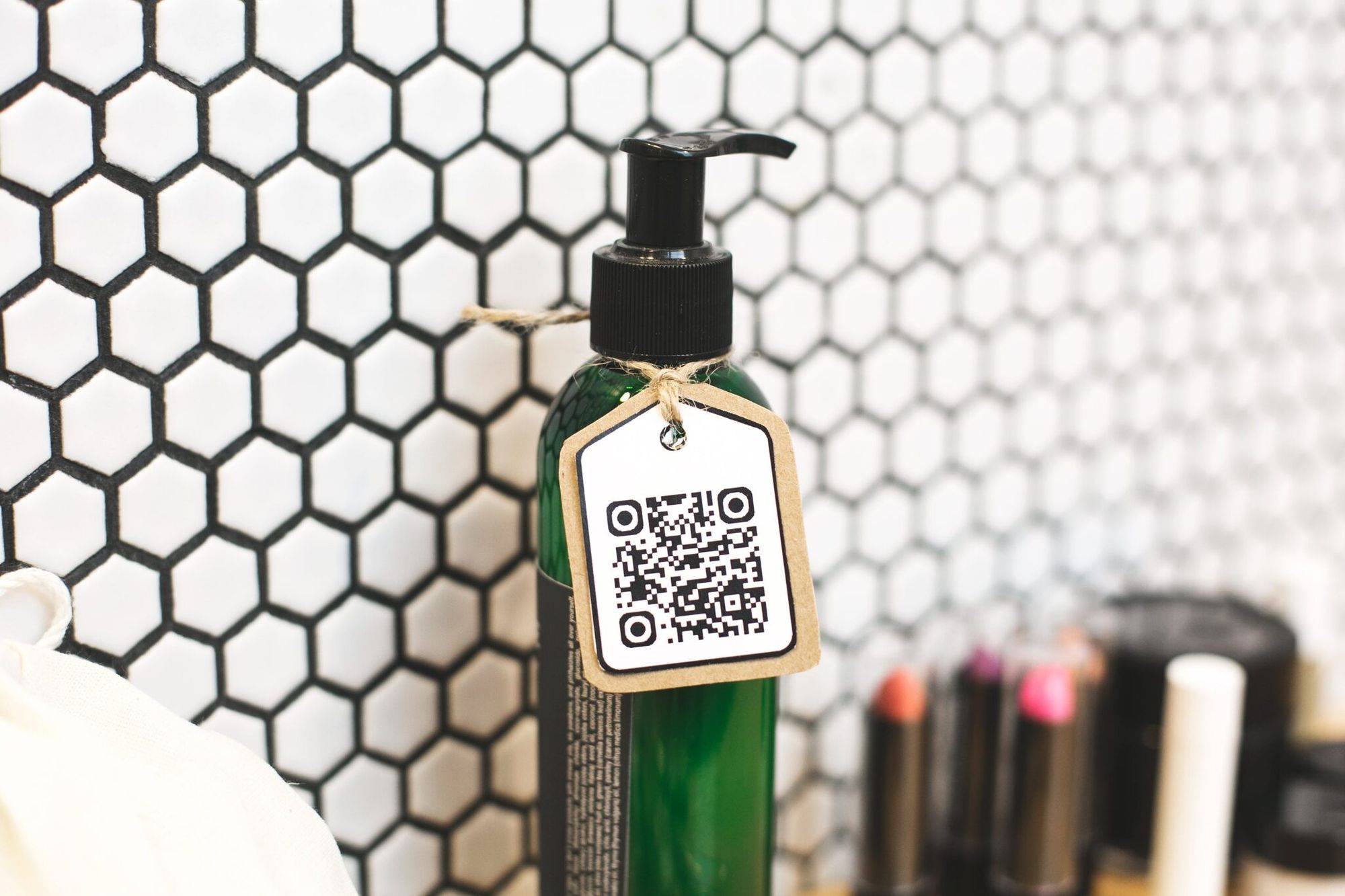
QR codes have emerged as a versatile tool in the arsenal of retail promotion techniques. They offer a quick and interactive way for customers to engage with your brand.
Here's how to use QR code solutions for retail effectively:
- Easy Access to Deals: Use QR codes in-store or on printed materials to give customers instant access to special deals or exclusive content.
- Product Information: Link QR codes to detailed product information, tutorials, or customer reviews to assist in the buying decision.
- Social Media Engagement: Connect QR codes to your platforms, encouraging customers to follow and engage with your brand.
- Feedback Collection: Use QR code surveys to gather customer feedback quickly and efficiently.
5. Enhancing Online Presence
Enhancing your online presence is crucial for retail success in today's digital age. It's not just about having a website or social media profiles; it's about creating a digital space that reflects your brand's values and appeals to your target audience.
Let's explore how you can effectively boost your online presence.
Ensuring Your Store Shows Up in Online Search Results

Visibility in online search results is vital. Here's how to ensure your store stands out:
- Search Engine Optimization (SEO): Optimize your website with relevant keywords, quality content, and meta descriptions to rank higher in search engine results.
- Google My Business: Set up and regularly update your Google My Business profile for better local search visibility.
- Customer Reviews: Encourage satisfied customers to leave positive reviews online, enhancing your credibility and appeal to new customers.
- Mobile Responsiveness: Ensure your website is mobile-friendly, as many online searches occur on mobile devices.
Improving Online Presence Through Mobile Optimization
Mobile optimization is no longer optional; it's a necessity. Here's how to optimize your online presence for mobile users:
- Responsive Design: Adopt a responsive web design that automatically adjusts to fit any device's screen size.
- Fast Loading Times: Optimize website speed to ensure quick loading times on mobile devices.
- Easy Navigation: Simplify your website's navigation to make it user-friendly on smaller screens.
- Mobile-Friendly Content: Create content that's easy to read and engage with on mobile devices, such as shorter paragraphs and larger buttons.
6. Focusing on Customer Safety
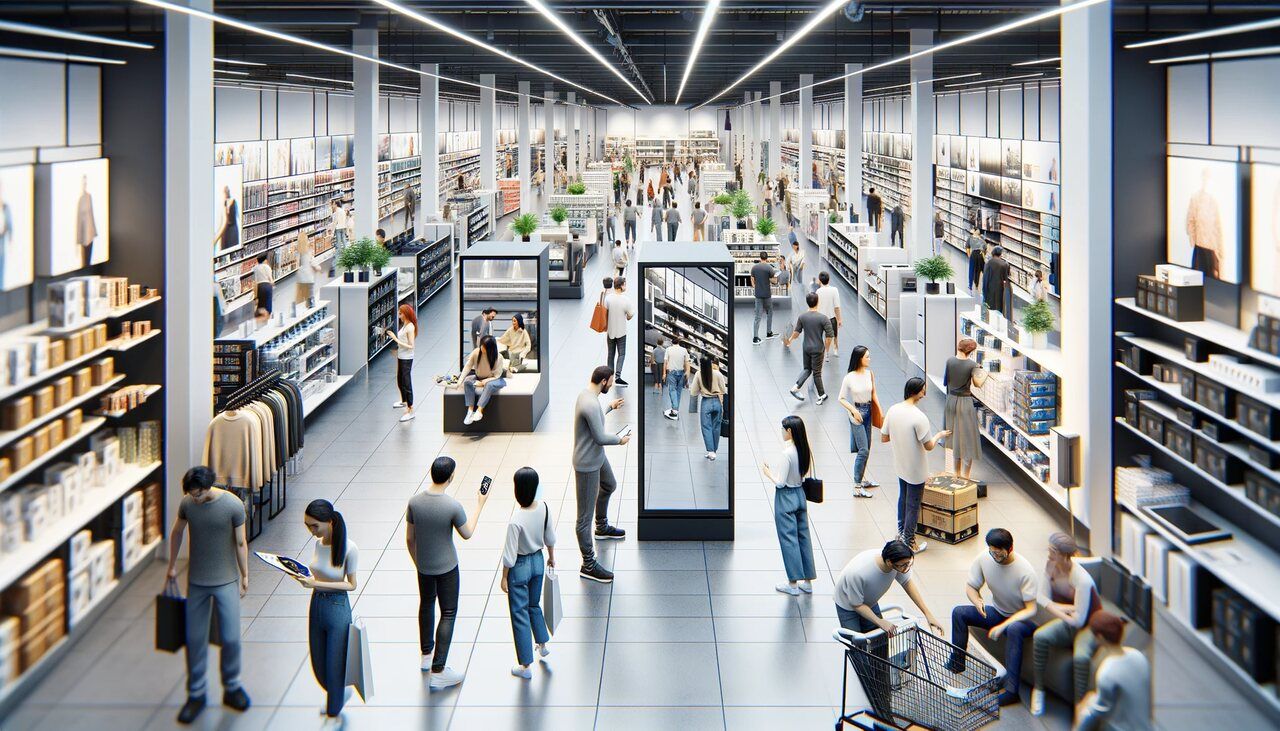
In the dynamic landscape of retail, the safety and well-being of customers is paramount. Ensuring customer safety is a moral responsibility and a crucial business strategy. A safe shopping environment fosters trust, loyalty, and a positive brand image.
Making Customers Feel Safe in Your Store
Creating a safe shopping environment involves several key aspects:
- Clean and Well-Maintained Premises: Regular cleaning and maintenance of your store reduce hazards and enhance customer comfort.
- Clear Signage: Effective signage guiding customers to different sections, exits, and facilities can improve store navigation and safety.
- Accessible Layout: Ensure your store layout accommodates all customers, including those with disabilities.
- Security Measures: Implement security measures such as surveillance cameras and trained security personnel to prevent theft and ensure safety.
Use of Digital Signage and Personalized Service
Digital signage and personalized services can significantly enhance customer safety:
- Digital Signage: Use digital signage to display safety instructions, emergency exits, and other important information. It's an efficient way to communicate with customers, especially during emergencies.
- Personalized Service: Offering personalized services, such as shopping assistance for elderly or disabled customers, enhances their shopping experience and ensures their safety.
Importance of Customer Safety in Building Brand Loyalty
Customer safety is intrinsically linked to brand loyalty:
- Trust: A safe shopping environment builds trust. Customers are more likely to return to a store where they feel safe and valued.
- Word-of-mouth: Customers with positive, safe shopping experiences are likelier to recommend your store to others.
- Competitive Edge: Prioritizing safety can give you a competitive edge, distinguishing your store from others.
7. Building an Engaging Retail Environment
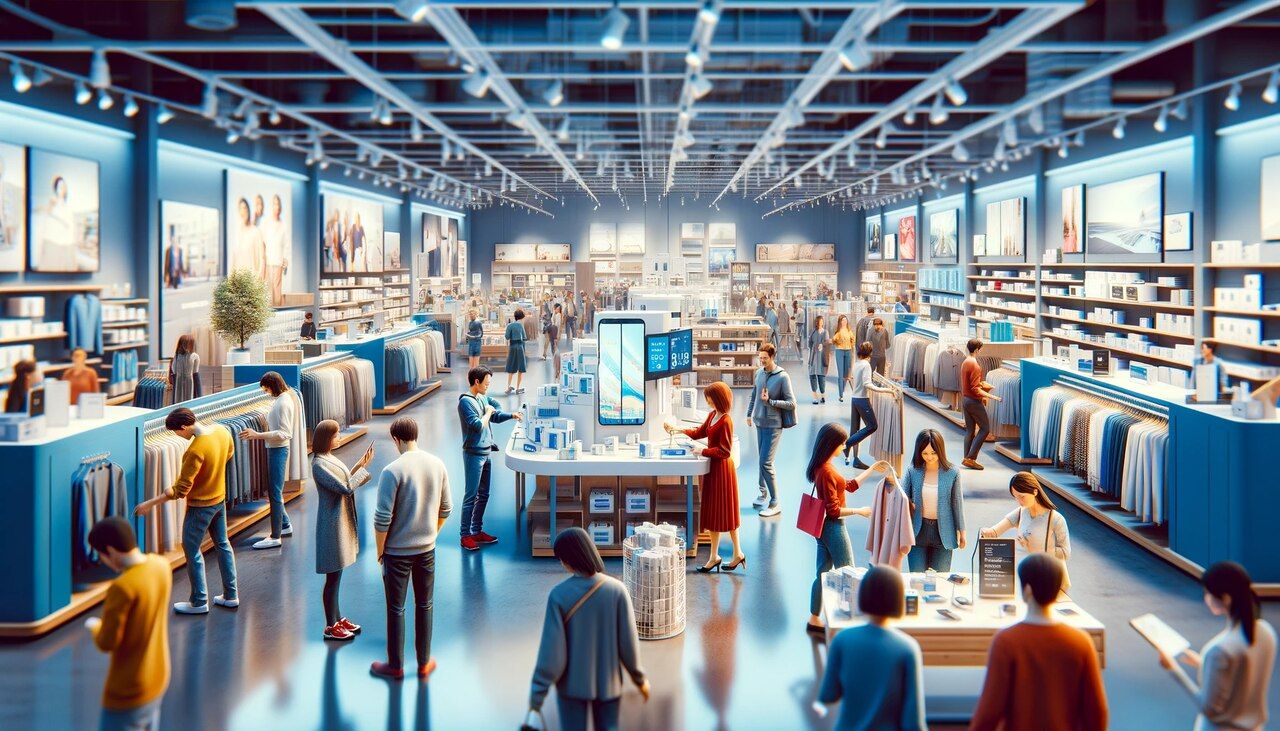
In the competitive world of retail, creating an engaging in-store environment is more important than ever.
Your store's atmosphere, design, and overall ambiance are crucial in attracting and retaining customers. An engaging retail environment boosts sales and fosters a sense of connection and loyalty among shoppers.
Let's explore how you can build an exciting and welcoming retail space that keeps customers returning.
Creating an Engaging Environment In-Store
An engaging in-store environment reflects your brand's personality and values. Here's how you can create one:
- Visual Merchandising: Thoughtfully arrange products to create visually appealing displays that catch customers' attention.
- Lighting: Use lighting strategically to highlight key areas, create ambiance, and set the mood.
- Music and Audio: Choose music and audio that complement your brand and enhance the shopping experience.
- Store Layout: Design an intuitive layout that guides customers through the store and encourages exploration.
- Interactive Elements: Incorporate interactive elements such as touchscreen displays or product demos to engage customers.
Importance of Strong In-Store Signage
Effective in-store signage is a powerful tool for engagement:
- Informational Signage: Use signage to provide product information, pricing, and promotions.
- Wayfinding Signage: Help customers navigate your store with clear directional signage.
- Branding: Consistent branding through signage reinforces your brand identity and message.
8. Providing Effective Payment Options
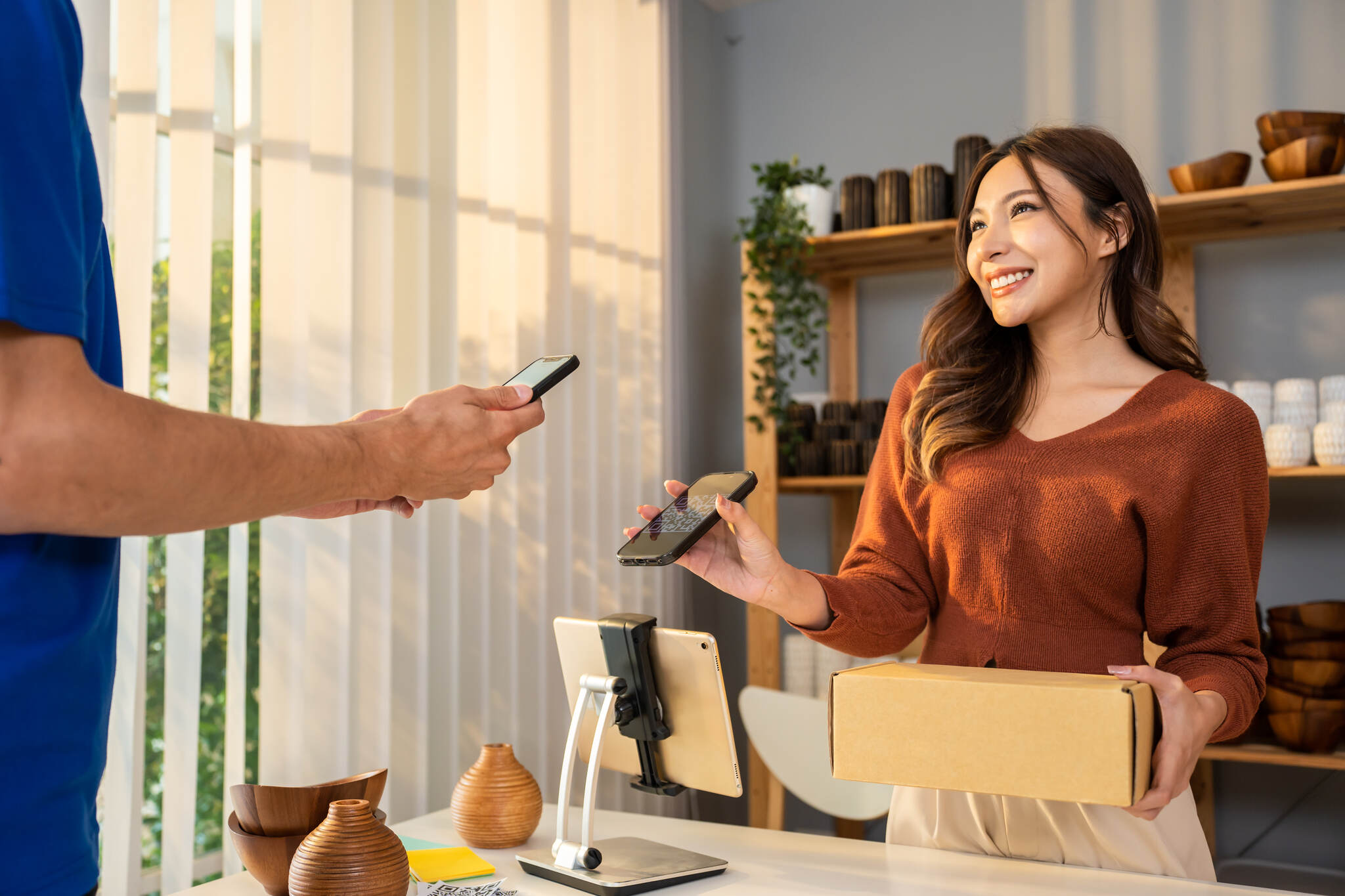
Offering effective payment options is a game-changer. The way customers pay for their purchases has undergone significant transformations over the years, and retailers need to stay ahead of the curve.
By providing a variety of payment choices, you not only cater to customer preferences but also streamline the buying process.
Incorporating Different Payment Methods
Today's customers expect flexibility in how they pay for their purchases. Here's how you can incorporate different payment methods:
- Credit and Debit Cards: Accept major credit and debit cards to accommodate a wide range of customers.
- Mobile Wallets: Embrace mobile wallet options like Apple Pay, Google Pay, and Samsung Pay for convenience and security.
- Contactless Payments: Install contactless payment terminals to enable quick and hygienic transactions.
- Digital Currencies: Consider accepting cryptocurrencies like Bitcoin if they align with your target audience.
Speeding Up the Buying Process
Efficiency is key in the retail world, and smooth payment processes play a significant role:
- Fast Checkout Counters: Designate express checkout counters for customers with limited items.
- Self-Checkout Kiosks: Implement self-checkout kiosks to reduce wait times during peak hours.
- Mobile Apps: Develop a user-friendly mobile app that allows customers to shop and pay seamlessly.
Using QR Codes For Payment Process
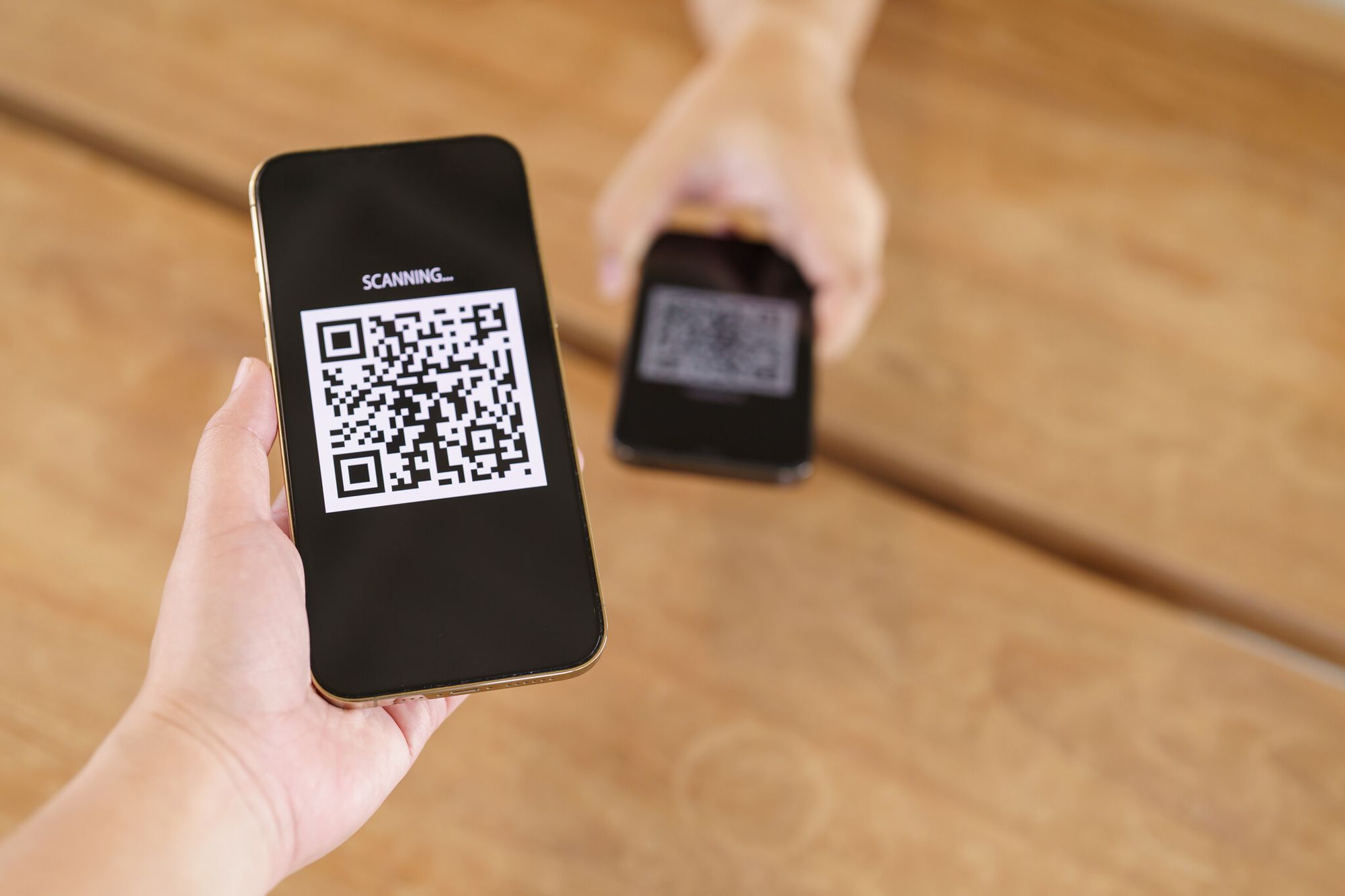
QR codes have gained popularity as a convenient and contactless payment method:
- Customer Convenience: QR codes allow customers to make payments using their smartphones, reducing the need for physical cards or cash.
- Hygienic Transactions: QR codes promote contactless transactions, which is especially important in today's health-conscious environment.
- Integration: Integrate QR code payments into your existing payment processing system for a smooth transition.
Effective payment options are not just about offering a variety of choices; they are about simplifying the purchasing process for your customers.
By incorporating different payment methods, speeding up the buying process, and embracing QR code payments, you create a seamless shopping experience that customers appreciate.
9. Understanding and Optimizing Customer Movement and Experience

Creating an exceptional shopping experience is a goal shared by all successful retailers. Understanding how customers move within your store and optimizing their experience is crucial to achieving this goal.
It's not just about the products you offer but also about how you present them, guide customers, and make their journey enjoyable.
Let's explore why understanding and optimizing customer movement and experience is key to retail success.
Props and Placements that Encourage Customer Engagement
Strategic placement of props and products can significantly impact customer engagement:
- Eye-Catching Displays: Use creative displays to draw customers' attention to specific products or promotions.
- Cross-selling and Upselling: Place related products together to encourage customers to make additional purchases.
- Seasonal Decor: Decorate your store to match seasons and holidays, creating a festive and inviting atmosphere.
Optimizing Store Layout for Customer Movement
The layout of your store can greatly influence how customers move within it:
- Clear Pathways: Ensure clear, unobstructed pathways for customers to navigate your store.
- Focal Points: Create focal points with attention-grabbing displays or featured products to guide customers.
- Checkout Placement: Position checkout counters strategically to minimize congestion and long lines.
Wrap Up
You've embarked on a journey to discover the secrets of boosting sales in the ever-evolving world of retail. From understanding customer behavior to embracing digital innovations, you've explored the essential strategies that can set your retail business on a path to success.
Remember, the retail landscape is dynamic, and what works today may evolve tomorrow. Stay curious, adapt to changes, and always prioritize the needs and preferences of your customers. Doing so will increase sales and build lasting relationships with your customers, making your retail business thrive in the long run.
Explore these blog posts as well:


